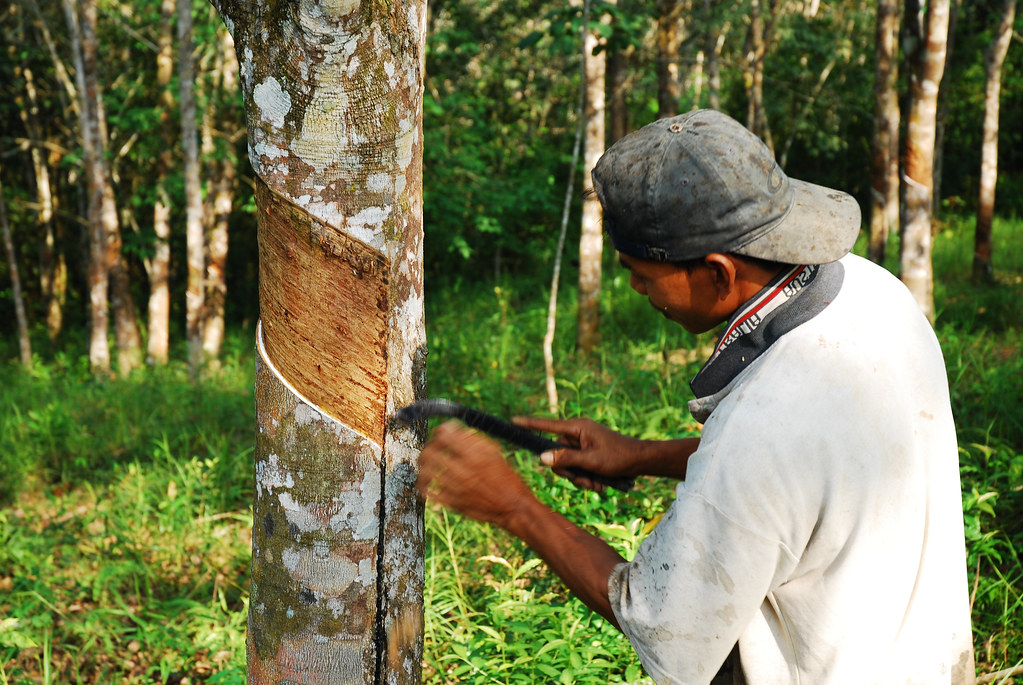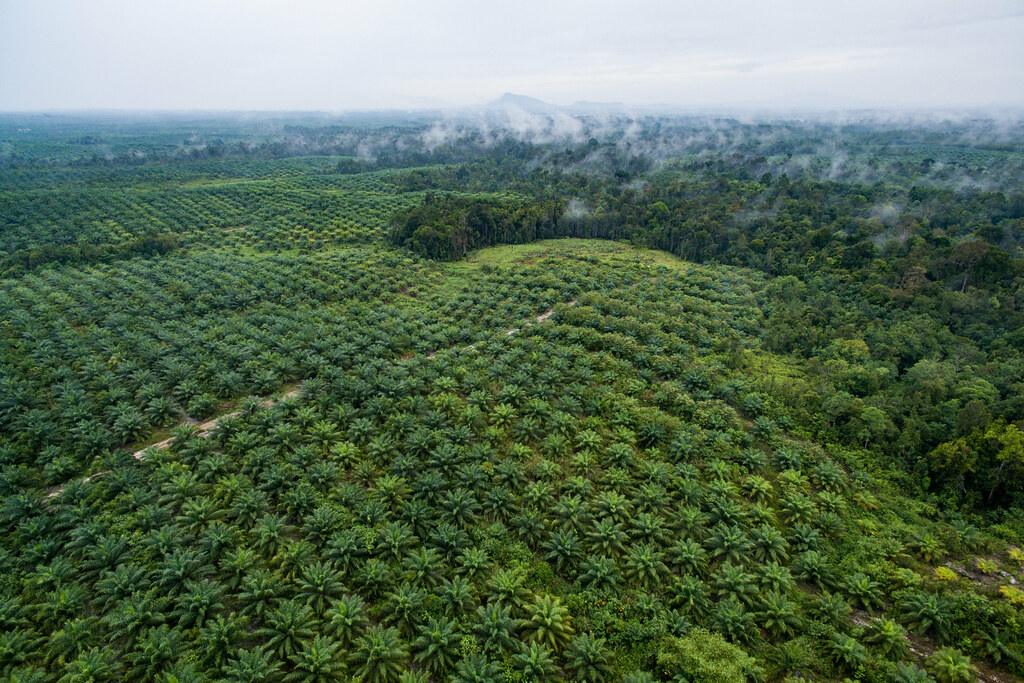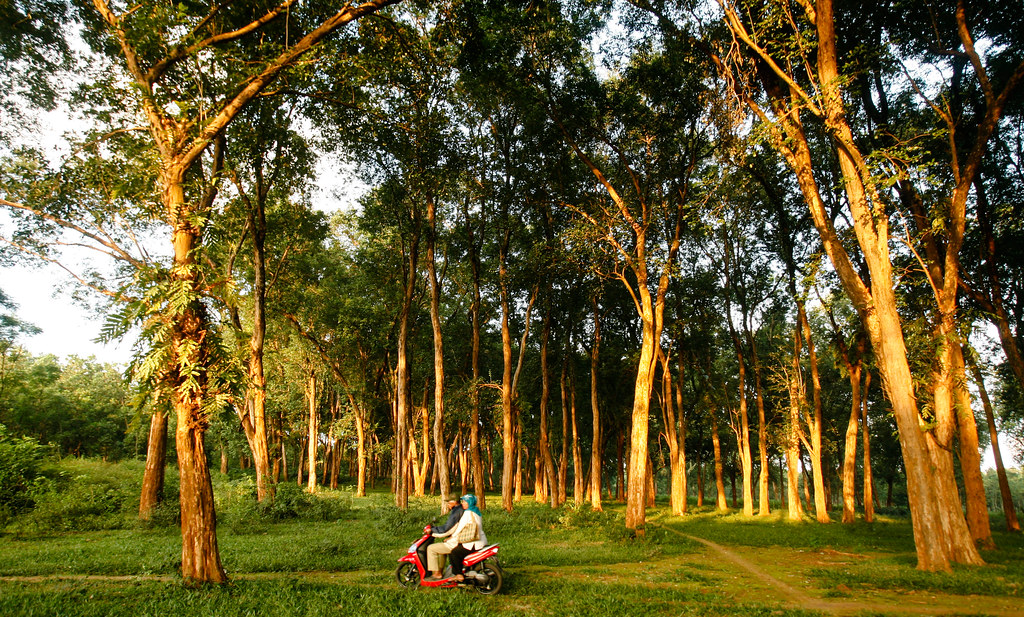These forests are comprised of predominately pine or eucalyptus. Charcoal production is considered one of the primary causes of forest degradation in Zambia and.

Oil Palm Plantation In Java Cifor Knowledge
Industrial and local supply plantations are estimated at 55000 ha with private plantations which were.

Forest plantation in zambia. IN ZAMBIA there is potential for the private sector to establish forest plantations but their participation to. Lusaka - Zambia. Forest plantation development.
In developing the forest classification for Zambia a review of the previous classification was necessary and the classification that was adopted for the ILUA II in Zambia was based on both global and national requirements. Deforestation rates are significant in Zambia with approximately 300000 ha of forest cover lost per year. The Zambia Forestry and Forest Industries Corporation ZAFFICO has announced plans of progressively expanding their forest plantations to all parts of Home Columns.
Wood extraction agricultural expansion infrastructure development and fires are the main drivers of deforestation and forest degradation. Incidence of leaf blight b Incidence of stem cankers c. Forest plantations cover about 75000 hectares in Zambia or 01 of the total land area.
In South Africa the first commercial plantation of Eucalypts was established in 1876 Nordin 1984 in Zobel et al 1987. Plantation forests in Zambia occupy approximately 55000 hectares. Plantation forestry in Zambia is based mainly on non-native Eucalyptus and Pinus species and constitutes an important component of the countrys economy.
However the Government has also signalled its intention to divest certain forest plantations whilst improving the commercial viability of others. More than 50000 hectares of these plantations are owned by the Zambia Forests and Forestry Industries Corporation ZAFFICO but could revert back to the government upon privatization of ZAFFICO. An increasing area of planted forest is.
Each of the ten provinces of Zambia has a Provincial Forestry Office and the department is also represented in almost all the districts and district forest offices are being set up in the newly created districts. It is estimated that Zambia annually loses about 400000 hectares of natural forest largely due to deforestation and the conversion of forests to other land uses such as agriculture. Large-scale plantation forestry in various countries of Africa was preceded by many successful species and provenance trials mainly of exotic species from late 1800s to earlymid 1900s.
However not all the forests in Zambia are alike because of geographical environmental and other factors. Incidence of leaf blight and stem cankers in Eucalyptus grandis and E. Cloeziana at Copperbelt Forestry Company plantations in Kalibu and Kafubu Copperbelt Province of Zambiaa.
Zambia Forestry and Forest Industries Corporation Limited ZAFFICO is a State Owned Enterprise SOE and a member of the Industrial Development Corporation IDC Group which was incorporated under the Companies Act CAP 388 of the Laws of Zambia for the purpose of developing and maintaining of pine and eucalyptus plantations and for the harvesting and commercial processing of timber to. Devise and implement participatory forest management approaches for indigenous forests and plantations involving local. Forest plantations in Zambia were established from 1965 in all Provinces of Zambia with the Copperbelt Province accounting for over 80 by area Ngandwe 2012a.
What this means is that an area the size of the West Petauke Game Management Area is deforested every year. The FAO Forest Resources Assessment study for Zambia in 2005 concluded that the average annual deforestation rate for the country is 467 368 hectares or 4673 km2. Industrial and local supply plantations are estimated at 55000 ha with private plantations which were leased in 2002 covering only 2000 ha.
Under the new Forest Act the Forest Department will be transformed into the Zambia Forestry Commission ZAFCOM which will assume direct responsibility for the industrial plantations. Plantation forestry diseases in Zambia. The productivity of these plantations is however threatened by several factors including fungal.
Contributing factors and management options Ann. Forest plantations in Zambia were established from 1965 in all Provinces of Zambia with the Copperbelt Province accounting for over 80 by area Ngandwe 2012a. The main value adding sub-sectors in Zambia are charcoal forest industries mainly logs and sawwood and non-wood forest prod-ucts NWFPs.
The forest-based value chains in Zambia are characterized by small-scale operations that are low value adding with high levels of informality. Total forest plantation resource of 250300 million hectares would satisfy most of world wood requirements for the foreseeable future. 67 2010 802 Table II.
However the first extensive plantings of industrial tree crops in Africa occurred during the.

Rubber Tapping Cifor Knowledge

Baobab South Luangwa Zambia Aproximately 900 1000 Years Old Natureza Arvores Lugares
Forest Plantation Development Zambia Daily Mail

Aerial View Of Oil Palm Plantation Cifor Knowledge
Guatemala The Silent Advance Of Industrial Rubber Tree Plantations Wrm In English

Congo Jungle Zambia Africa Outdoor Travel Africa

Forests Free Full Text Reforestation And Sustainable Management Of Pinus Merkusii Forest Plantation In Indonesia A Review Html

Forests Free Full Text Reforestation And Sustainable Management Of Pinus Merkusii Forest Plantation In Indonesia A Review Html

Jepara S Teak Forest Cifor Knowledge

0 comments:
Post a Comment